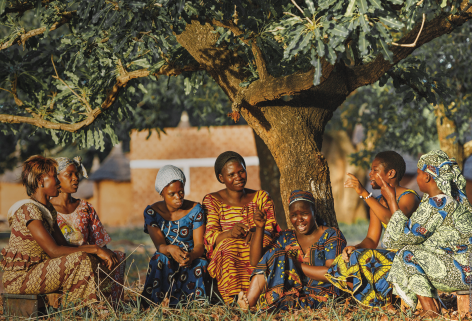
HAIR CARE INNOVATION
Search by problem, range or type of product
For more than 60 years, we have been helping you make your hair stronger and more beautiful, as naturally as possible. And over all these years, we’ve seen how little people know about hair… So let’s talk about it!
Convinced that Nature, with its richness, would provide him with inexhaustible resources, Mr. René Furterer has always inspired us with his passion for botany and dermocosmetics. It is to value and preserve this Nature, the source of all our inspirations, that we are actively committed to respecting the environment and people.

Limit the environmental impact of our products.
We are rigorously reflecting on eco-design, and also on the safety and efficiency of our products.

We fully share the raison d'être of the Pierre Fabre Group to which we belong: every time we take care of one person, we make the world a better place.

Nature offers us so much!
In return, we must take care of it.
The René Furterer brand draws its inspiration from the heart of plant biodiversity. It is therefore only natural that we are concerned with protecting and respecting this Nature which is the source of all our innovations.

"Being everywhere while being there." Mr. Pierre Fabre,
the founder of our Group, has passed on to us his attachment to his native region, South West France.
We currently carry out 90% of our production in France.
René Furterer is a premium hair care brand that offers hair rituals based on a personalized diagnosis. The unique know-how of the René Furterer Spa is offered to you in our exceptional treatments to not only sublimate your hair, but also enchance all your senses, at home or at the salon. The effectiveness of these routines on the hair and scalp is recognized. Their results are visible and long-lasting. You will find here all your hair care products (shampoos, hair masks, conditioners, scalp care, anti-hair loss treatment, hair oil, serum, cream, keratin care, anti-dandruff products...), but also our expert hair advice (scalp, hair loss, colored hair, curly hair, dry and very dry hair, damaged hair, frizzy hair...)

NEWSLETTER
Stay in touch!
Receive personalized advice, new products and other exclusives. Join our loyal community and discover the best tips to take care of your hair and scalp!










